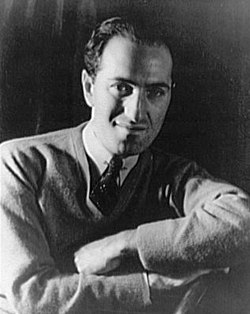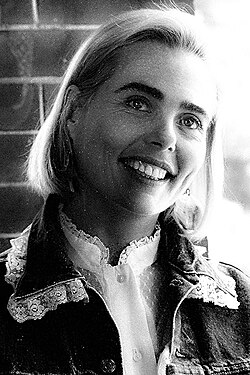East Side
At Third Avenue, the Tower East apartment block (1960) set a new model for high-rise residences: a slab tower set back from the street front and isolated on a low base. [3]
The architects McKim, Mead & White’s mansion for Charles L. Tiffany, built in 1882 at the northeast corner of Madison Avenue, was demolished in 1936 and replaced by an apartment block (19 East 72nd Street) designed by the architects Mott B. Schmidt and Rosario Candela. [4] ). The Rhinelander Mansion, on the southeast corner, is now occupied by Ralph Lauren.
The mansion that once stood at the southeast corner of Fifth Avenue was the first of the Gilded Age mansions to be replaced by an apartment block, 907 Fifth Avenue.
West Side
The Dakota apartment building is located on the northwest corner of West 72nd Street and Central Park West.
The Park & Tilford Building, on the southwest corner of West 72nd St and Columbus Avenue, built by the eponymous retailer, was designed by McKim Mead and White. The New York Times observed that the opening in September 1893, "was attended by hundreds, who admired the building and the artistic display of goods." The article added "There is no business building more handsome on the west side" and the New-York Tribune called it "a decided architectural ornament to the neighborhood." The building was converted into residential apartments in 1972. [5]
At 72nd Street, Broadway crosses Amsterdam Avenue, creating a small triangular space, Verdi Square; across the street to the south lies Sherman Square.
The Eleanor Roosevelt Monument at the southern tip of Riverside Park marks the intersection of 72nd Street and Riverside Drive. The Chatsworth Apartments (344 West 72nd Street), a designated landmark designed by the architect John E. Scharsmith, sits at 72nd Street's western end, where it curves into Riverside Boulevard. [6]






